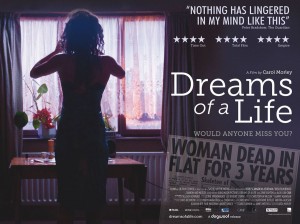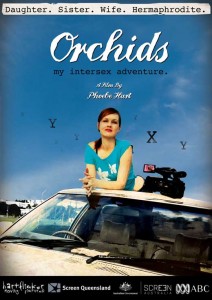When Mother Comes Home For Christmas, directed by Nilita Vachani, follows the life of Josephine, a domestic worker in Greece, as she prepares to go to home for Christmas after eight years away from her family. Vachani films the personal moments of Josephine’s life, capturing her caring for Isadora, her young Greek charge, cleaning the windows of her employer’s home and packaging up all the gifts she’ll take back to Sri Lanka.
Josephine is one of many Sri Lankan women who migrate to Greece, Europe and the Middle East to perform care work, sending the money home that sustains their families. In the documentary, Vachani captures a workshop, run by the Sri Lankan bureau of employment, that trains women how to use blenders, microwaves and vacuums. The trainers also tell the women how to behave and to “Never let them think you are lazy.” The workshop even provides a section on training how to use a condom, specifically about getting protection from AIDS.
Sri Lanka is in the business of exporting domestic workers, as the statistics played across the screen (70% of women workers are in care work abroad) tell us. Even at the airport, as Josephine’s family waits for her to arrive, the radio plays a song that honors domestic workers, claiming “how lucky to work in a foreign land, lucky for government protection…I promise to return home with treasures for everyone.”
However, we also see the great cost of this migration. Scenes of Josephine helping Isadora get up in the morning are followed by a scene of Josephine’s son, Suminda, at his boarding school in Sri Lanka, getting up with a group of young boys, without any parental figures. The voiceovers of letters are perhaps the most painful, as we hear the short words between Josephine and her family. In one letter to Josephine’s sister, we learn that she has been caring for Josephine’s children, as Josephine apologizes for Suminda’s troublesome behavior and promises that she’ll buy something at the duty free on the way home.
The costs of migrant domestic work, the tensions and strains transnational families, and their hopes for the future are most strongly felt as Josephine returns to Sri Lanka for her month-long visit. We learn that she has earned enough money for her elder son to buy a bus and enough that she and the family can search for a house to buy. We also learn all the ways in which money is tied to tough family decisions, as her daughter prepares to get married and Josephine must negotiate with the groom’s family about a dowry.
Just as the film begins with long takes of the sea, sliding out from under a moving boat, Vachani ends the film with a long take of the ground, sliding out from under a moving train, as Josephine reads her first letter back to her children after her visit, expressing her regrets, her hopes for the future, as the train enters a tunnel and disappears from sight.
Bibliography
In Global Woman, by Barbara Ehrenreich and Arlie Hochschild, a description of When Mother Comes Home for Christmas is included in the introduction. They write, “For Josephine can either live with her children in desperate poverty or make money by living apart from them. Unlike her affluent First World employers, she cannot both live with her family and support it” (2).
Servants of Globalization: Women, Migration, and Domestic Work, Rhacel Salazar Parreñas
“Remittances: The Perpetual Migration Machine” Michele Wucker (2004)









